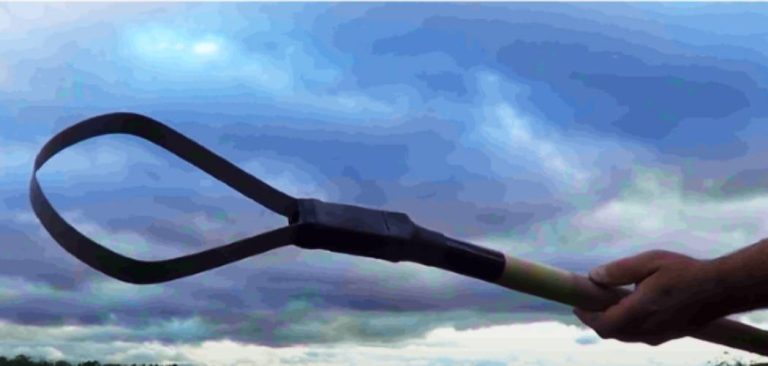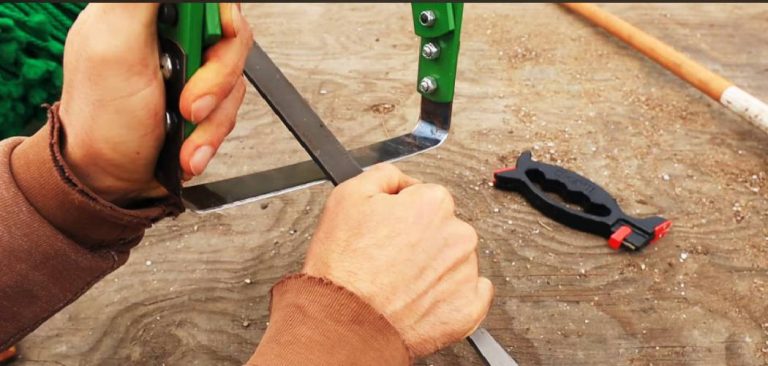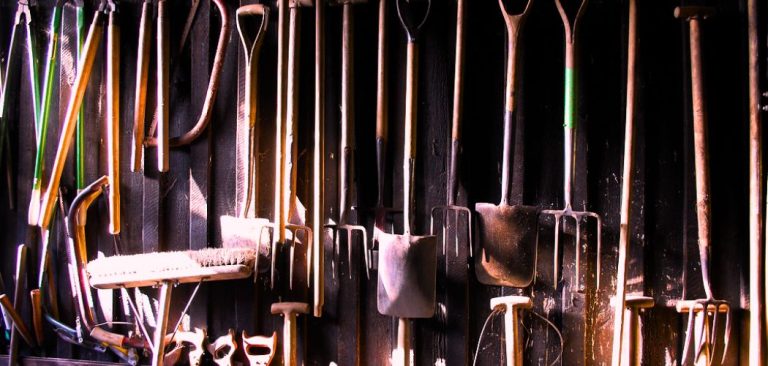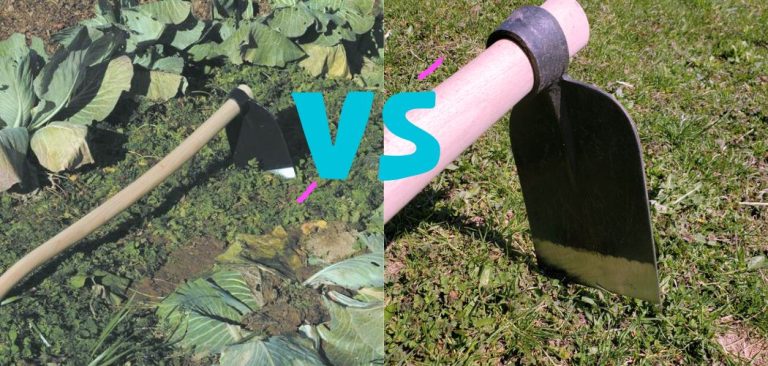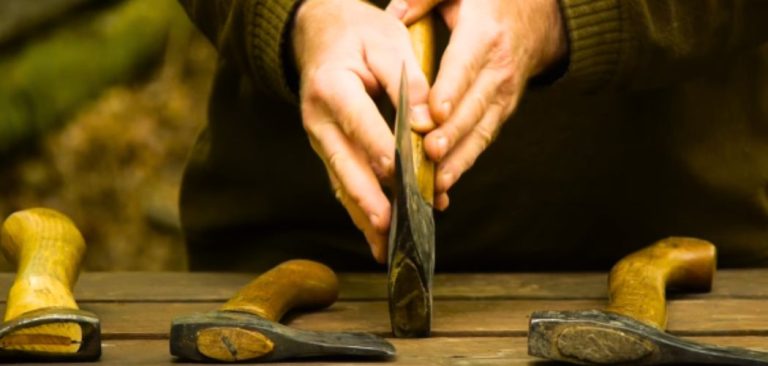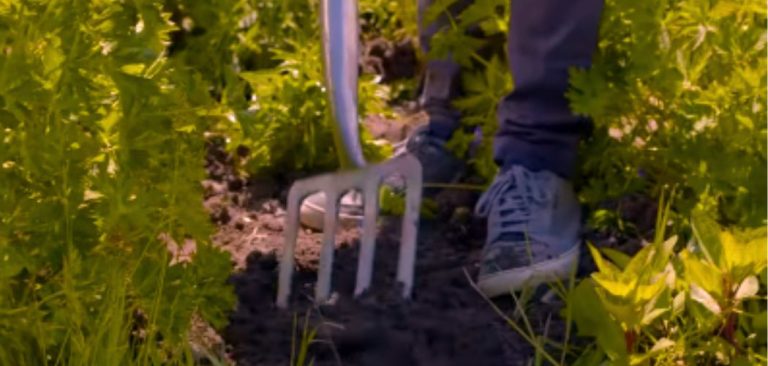Pruning Shears Use
Pruning shears, often called the gardener’s faithful companion, are essential tools in horticulture and arboriculture. This article explores their various applications, uses of different pruning shears and an in-depth guide on electric pruning shears. Join us in uncovering the secrets of these essential tools that enrich our gardens and plants.
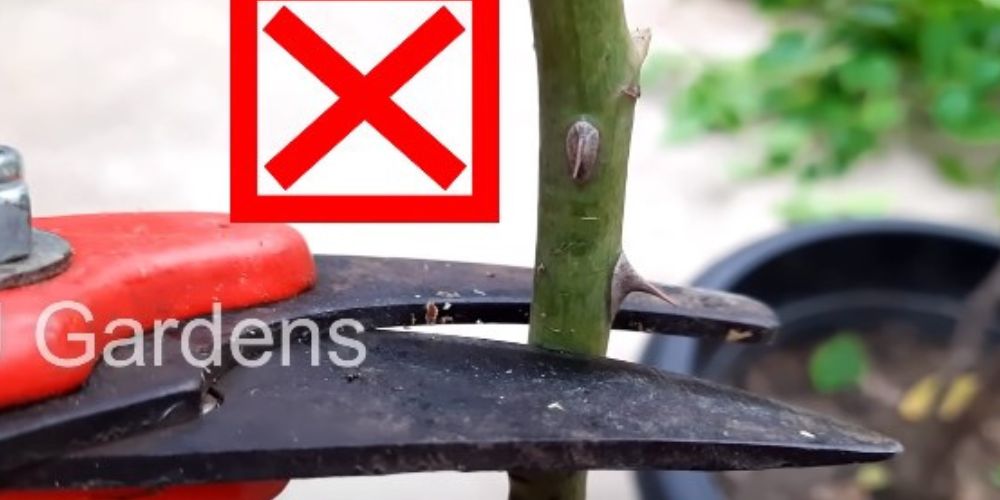
Where Pruning Shears Are Used?
Pruning shears, often called hand pruners in American English or secateurs in British English, are like the trusted companions of the gardening world. These versatile tools are essential for taming and nurturing the natural world around us. They serve a myriad of purposes in various domains:
Gardening
Pruning shears are essential for gardeners to maintain the health and aesthetics of their gardens. They trim branches, remove dead or overgrown foliage, and shape plants. Gardeners often use pruning shears to create manicured landscapes and promote the overall well-being of their plants.
Arboriculture
In arboriculture, which focuses specifically on trees, pruning shears are crucial for the care and maintenance of trees in urban and natural settings. Arborists use them to trim branches, remove diseased or damaged wood, and ensure trees remain safe and healthy.
Plant Nurseries
Plant nurseries use pruning shears to shape and prepare young plants for sale or transplantation. They help nursery workers maintain the desired size and form of plants, ensuring they are market-ready and appealing to customers.
Farming
In agriculture, pruning shears are employed to enhance the productivity and quality of crops. Fruit trees and grapevines, for example, are pruned to encourage the growth of high-quality fruits. Pruning shears thin out branches, remove excess growth, and improve airflow and sunlight penetration.
Flower Arranging
Pruning shears are indispensable for florists who use them to create stunning floral arrangements. The precision of these shears allows florists to make clean and precise cuts on stems and foliage, ensuring that flowers remain fresh and beautiful in their performances.
While these purposes may share the common thread of using pruning shears, they each play a unique role in different domains, serving the specific needs of gardeners, arborists, nursery workers, farmers, florists, and conservationists.
What Are the Different Types of Pruning Shears?
Pruning shears come in different types, each designed for specific pruning tasks. Choosing the correct type of pruning shears depends on the nature of the pruning job. Here are the common types and their ideal uses:
Bypass Pruners:
Bypass pruners have two curved blades that pass by each others like scissors. They are ideal for precision pruning tasks, such as cutting live branches and stems, deadheading flowers, and shaping shrubs.
Benefits: Provides clean, precise cuts with minimal damage to plants. Suitable for delicate or living plant material.
Anvil Pruners:
Anvil pruners have one sharp blade that cut against a flat surface (anvil). They are suitable for cutting dry or woody branches and deadwood. They are less precise than bypass pruners and can crush living stems if used on them.
Benefits: Effective for cutting thicker, dead branches or stems. Less likely to get jammed on rigid materials.
Ratchet Pruners:
Ratchet pruners have a mechanism that increases cutting power, making them suitable for cutting thicker branches that may be challenging to cut with standard pruners. They are ideal for those with reduced hand strength.
Benefits: Requires less effort to cut through thicker branches due to the ratcheting mechanism.
Lopper Pruners:
Loppers are two-handed pruners with long handles. They are designed for cutting thicker branches and can handle branches up to a few inches in diameter. Ideal for tree pruning and heavy-duty tasks.
Benefits: Provides leverage and reach for cutting larger branches comfortably. Suitable for stricter pruning jobs.
Electric or Cordless Pruning Shears:
Electric or cordless pruning shears are powered by electricity or batteries. They are ideal for users who need assistance with cutting due to limited hand strength or for repetitive pruning tasks.
Benefits: Requires minimal manual effort and helps tackle large pruning jobs quickly and efficiently.
Choosing the correct type of pruning shears depends on the specific pruning task at hand. Matching the tool to the job is essential to ensure efficient and effective pruning while minimizing plant damage.
How to Use Pruning Shears?
Using pruning shears effectively and safely is essential to keep your plants healthy and ensure you don’t injure yourself. Here are the steps to use pruning shears correctly:
Step 1: Choose the Right Pruning Shears
Choosing the right pruning shears is very important. Bypass pruners work well for live branches, while anvil pruners are perfect for deadwood. Lopers are ideal for thick branches. Using the right tools ensures efficient and damage-free trimming.
Step 2: Inspect the Pruning Shears
Before you begin, thoroughly inspect your pruning shears. Check for any signs of damage, rust, or dullness of the blade. Sharp blades are essential because dull blades can crush plant tissue and leave it vulnerable to disease. If necessary, sharpen or replace the blades.
Step 3: Wear Appropriate Safety Gear
For your safety, consider wearing protective gear such as gloves and safety glasses, depending on the task. These precautions protect your hands and eyes from debris and scratches, ensuring a safe trimming experience.
Step 4: Identify Branches to Prune
Take your time to examine the tree and identify branches or stems that need pruning. Look for dead, damaged or diseased growth, as well as branches that need to be shaped or thinned to improve the tree’s overall health.
Step 5: Position yourself
Ensure you are comfortable, providing a clear view of the branch you want to prune. Correct positioning reduces strain and allows you to make precise cuts, increasing your trimming efficiency.
Step 6: Prepare the Cuts
Hold your pruning shears securely with your hand on the handle closest to the blade. Ensure the blade is correctly aligned with the branch you will cut to ensure a clean and precise cut.
Step 7: Make the Cuts
When using bypass pruners, place the curved blade on the side of the branch you want to keep on the tree, and align the flat blade against the part you intend to remove. Now, gently squeeze the handles together in one smooth motion. Ensure the cut is clean, at a slight angle, and positioned just above a bud or lateral branch. This angle encourages proper water drainage from the cut and promotes healthy healing. Be cautious not to leave stubs or cut too close to buds to avoid damaging the plant.
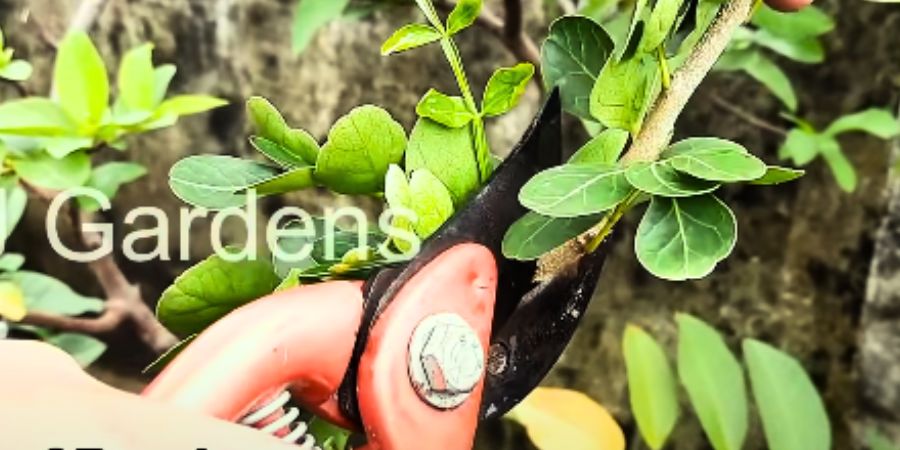
By following these 7 steps with attention to detail, you can safely and effectively use pruning shears to maintain your tree’s health and achieve your desired pruning goals. Remember that specific pruning techniques may vary depending on the type of plant, so always seek guidance when in doubt.
How to Use Electric Pruning Shears?
Using the SereneLife PSPR170 Pruner Metal 7.2v Lithium-ion Rechargeable Battery Powered Electric Pruning Shears is straightforward, and it comes with impressive cutting capacity.
Ensure your electric pruning shears are fully charged. For cordless models like the SereneLife PSPR170, the 7.2V lithium-ion battery provides excellent power.
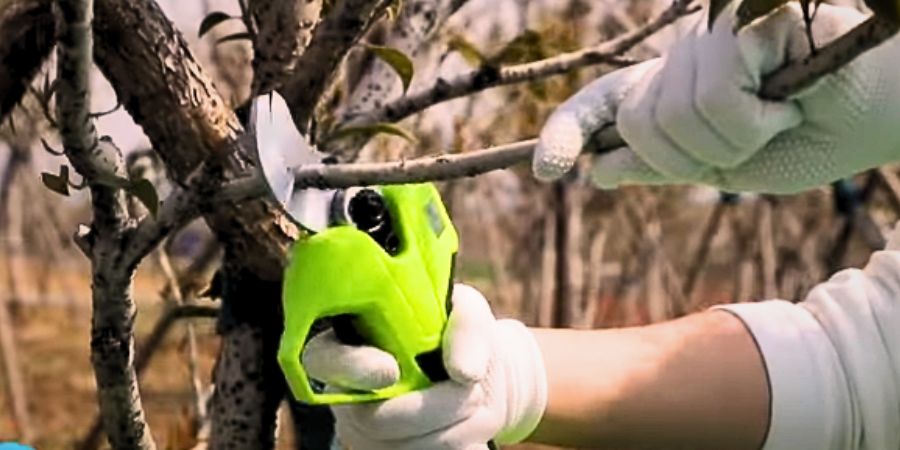
Always prioritize safety. Wear appropriate protective gear, including gloves and eye protection, before operating the shears. Hold the shears firmly with both hands and align the blades correctly. Activate the shears using the trigger mechanism.
Apply even pressure while cutting to achieve clean and precise cuts. Adjust the angle of the shears as needed for the best results. The SereneLife PSPR170 offers a maximum cutting capacity of 0.98″ at full charge. Consider using multiple cuts or adjustable blade positions for efficient handling of larger branches.
Begin your pruning process by addressing dead or crossing branches, utilizing the shears’ clean and flat cut to promote proper healing. To ensure smooth operation, regularly maintain the blades by keeping them sharp. Sharpen them if necessary.
The SereneLife PSPR170’s impressive battery allows for approximately 800 cuts of 0.3″ branches, 700 cuts of 0.4″ units, 300 cuts of 0.6″, 200 cuts of 0.7″, or 80 cuts of 0.8″ branches on a full charge. This cordless and ergonomic design makes your pruning work more manageable and faster, while the sharp, clean cuts contribute to the health of your plants by preventing lesions and rotting caused by uneven cuts. It’s suitable for various garden and orchard applications, including bushes, roses, woody stems, and branches.
Some Special Tips About Using Pruning Shears?
1. Keep Them Clean: After each use, clean the blades to prevent the spread of diseases between plants. You can use a mixture of water and rubbing alcohol or a disinfectant solution. This practice is particularly crucial when pruning diseased branches.
2 Sharpen the Blades: Regularly sharpen your pruning shear blades to ensure clean and efficient cuts. Dull blades can damage plants and make your work more difficult. Use a sharpening stone or file for this purpose.
3. Adjust the Tension: Most pruning shears have an adjustable tension screw or nut. Ensure that the blades have the proper tension for clean and precise cuts. If it’s too loose, the shears won’t cut effectively, and if it’s too tight, it can cause strain on your hand.
4. Prune at the Right Time: Different plants have specific times when they should be pruned for optimal growth. Research and understand the pruning needs of the plants in your garden to ensure they thrive.
5. Safety First: Always wear appropriate safety gear, including gloves and safety glasses, to protect yourself from debris and possible scratches. Be cautious of your hand placement when cutting.
6. Mind the Angle: When cutting branches, do so at a slight angle and just above a bud or lateral branch. This encourages proper water drainage and healthy healing.
7. Prune Diseased Material Separately: When dealing with diseased branches, clean your pruning shears after each cut to prevent the spreading of the disease. It’s also advisable to sterilize the blades between cuts using a disinfectant.
Remember, using pruning shears correctly and maintaining them properly keeps your plants healthy and prolongs your shears’ life.
FAQs
Can Pruning Shears Be Used for Live and Dead Branches Alike?
Yes, they can. Bypass pruners are preferable for live branches as they make clean cuts without crushing, while anvil pruners are suitable for dead or woody stems as they can bite into and cut through them effectively.
Can Pruning Shears Be Used for Pruning Trees, or Do They Only Work for Smaller Plants?
Pruning shears can effectively trim small to medium-sized branches on trees and shrubs. However, they are only suitable for a small tree limb. They are versatile tools for maintaining plants’ overall health and appearance, making them a valuable addition to a gardener’s toolkit.
Conclusion
In the world of horticulture and arboriculture, pruning shears stand as indispensable companions. Their versatility spans gardens, nurseries, farms and more, ensuring plant health and vitality. It is essential to understand their types and proper use. If you have any different opinions or insights, please share them below. Please share this valuable article with your fellow enthusiasts.
Read also:-

